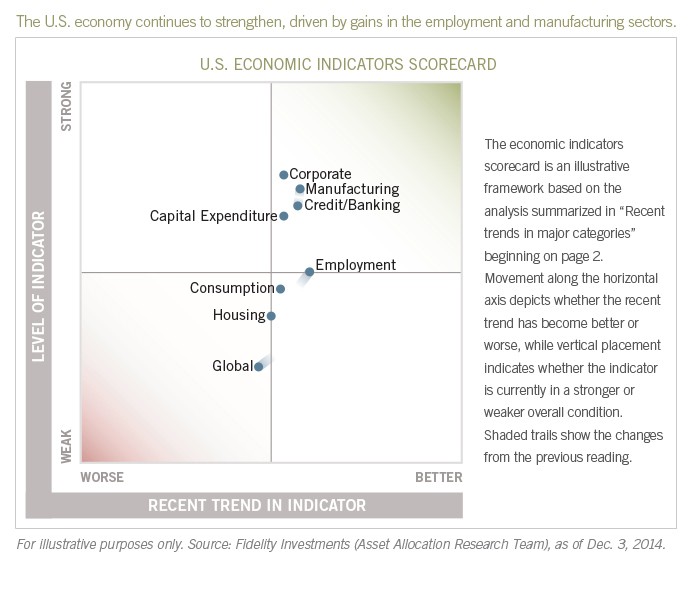Analysis ETFs may be a factor in lateday market volatility
Post on: 3 Июнь, 2015 No Comment

Related News
NEW YORK (Reuters) — On the afternoon of June 22, U.S. stocks suddenly turned sharply lower to end in negative territory, following a similar confounding move the previous day.
There were no obvious catalysts for the late-day moves, which have characterized the market in the last few months. Increasingly, though, people are questioning whether exchange-traded funds, or ETFs, are causing or at least abetting the volatility.
About 20 percent of daily volume is in the last hour of trading, said Matt McCall, president of Denver-based Penn Financial Group. Some investors say ETF rebalancing and reticence to hold positions overnight is boosting late-day volume.
ETFs, which are traded like stocks but track baskets of securities, account for about 30 percent of daily listed market volume, a threefold increase from 2005, Morgan Stanley data shows. More than $780 billion is invested in ETFs, according to the Investment Company Institute.
Ryan Detrick, senior technical strategist at Schaeffer’s Investment Research in Cincinnati, said while stocks overall see more volume near the close, the uptick is more concentrated in ETFs.
REBALANCING EFFECT
Of particular concern is the role of leveraged ETFs. These funds are designed to double or triple the return of an underlying index (or inverse) and are rebalanced daily in order to prevent deviation from the fund’s target asset allocation.
That rebalancing causes buying or selling pressure, and it tends to take place during the final stretch of trading.
ETFs are leading the market volatility because traders are going for leverage to get the big move, and that creates the volatility as they close out the session, said Penn Financial’s McCall.
Investors trying to hedge or offset positions through sales of the underlying ETF also can contribute to fluctuations.
Paul Justice, director of North American ETF research at Morningstar in Chicago, said that although there is limited data on how ETFs impact volatility, they’re going to get hit disproportionately when there’s volatility on the broader market because they are used in high-frequency trading.
It’s hard to make a trade on ETFs like the SPY ( SPY.P ) because you essentially need to make 500 trades for each trade, he said.
Perhaps the most infamous late-day sell-off was May 6’s Flash Crash, when the Dow Jones industrial average .DJI plummeted nearly 700 points in a matter of minutes before a sudden rebound. While ETFs are not believed to have directly caused the crash, they were a factor on that wild day.
It was obvious that ETFs weren’t functioning properly on May 6, said Joe Saluzzi, co-manager of trading at Themis Trading in Chatham, New Jersey. Most of the strange trades that day were in ETFs and there is a lot of arbitrage between ETFs and other securities.
CORRELATION INCREASES
The rise of ETF trading has increased market correlation. According to Bespoke Investment Group of Harrison, New York, the market is on pace for 42 days when at least 80 percent of S&P 500 stocks move in the same direction, which would be second only to the 52 days in 2008.
Detrick said this helps create a herd effect, as ETF trading mirrors falls in individual shares. This has been amplified by current global uncertainties, with investors moving more quickly to close positions due to fear of developments overnight.
Beginning in 2008, there was a shift to where a lot more activity happened at the end of the day, said Ana Avramovic, portfolio strategist at Credit Suisse in New York, noting that people could have been trying to close out their positions.
Some dispute that ETFs are having a definitive impact on volatility. They’re following the volatility, not leading it, said Tom Lydon, president of Newport Beach, California-based Global Investment Trends, which specializes in ETFs.
In a July 8 note, Credit Suisse’ Avramovic disputed the notion that leveraged funds caused end-of-day moves, but said ETFs have some role in the activity, as the volatility causes trading patterns to change. ETFs are a prime tool for quickly adjusting exposure, she wrote.
Some see a clearer consequence in narrowly focused funds. There are hundreds of targeted ETFs, connected to currencies, asset classes and specific sectors.
There could be a great impact on the underlying security as the number of ETF investors grows, said Bruce Simon, chief investment officer at Ballentine Partners in Waltham, Massachusetts, noting the SPDR gold trust ETF ( GLD.P ), which has to buy physical gold when volume rises.
There’s some school that thinks that’s actually driving the price of gold higher, and it probably is.
However, just because the value of an ETF fluctuates, that does not mean the ETF has to alter its holdings. If redemptions and new investments are equal, the underlying assets might not change.
(Editing by Dan Grebler)














